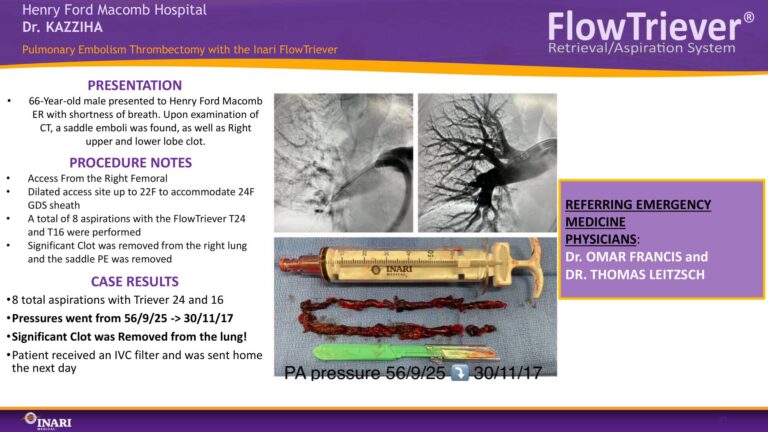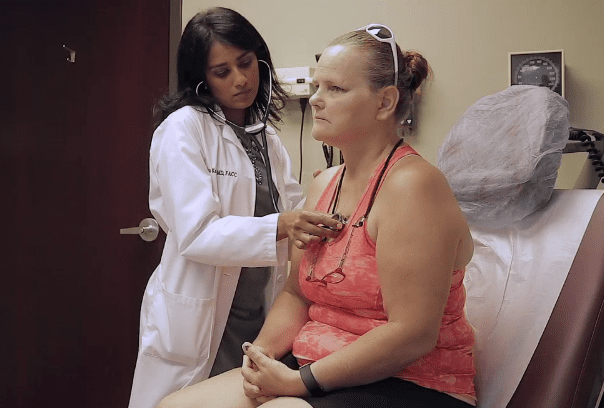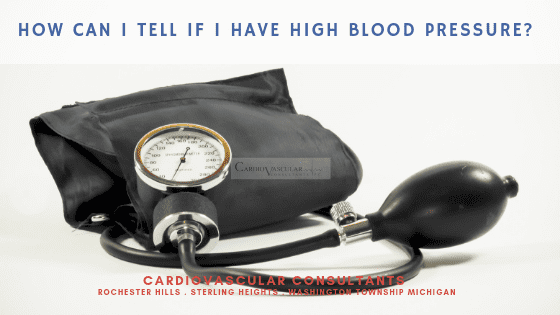It is one of the main cardiovascular risk factors, since it is closely related to the development of atherosclerosis, the involvement of the inner wall of the arteries that will cause narrowing and a decrease in blood perfusion (or irrigation). This affectation is due to the large amount of glucose in the blood, which damages the endothelium (internal lining of the vessels).
In diabetics, myocardium (heart muscle) is affected by decreasing its capacity for contraction, so it is not uncommon for heart failure in these patients. Another problem that we can find is because diabetes has the ability to affect the nerves (neuropathy) that irrigate the heart and cause heart rhythm disturbances and even decrease pain sensitivity, so sometimes there are diabetic patients who may suffer silent heart attacks (no pain).
People with diabetes usually have heart disease at an earlier age than people who do not have diabetes.
The reason that diabetes is one of the main threats of the cardiac system responds to the fact that this disease means that the organism is not able to produce or respond optimally to the hormone insulin, essential for converting glucose, the so-called blood sugar, into Energy. The energy of the food consumed, therefore, cannot be used by the organism, so that the cells are damaged due to this absence of energy transfer. Glucose is not assimilated by cells, the amount of glucose in the blood rises and hyperglycemia and diabetes are generated.
The lower the circulation, the higher the blood pressure.
The problems that diabetes creates in the proper functioning of the heart begin with high rates of so-called bad cholesterol and low levels of good, while triglycerides (a type of fat found in the blood) also increase. This combination hardens the arteries in a process called atherosclerosis, which sets when fats, cholesterol and other harmful substances accumulate in the arterial channels and block the flow of blood.
Since it cannot travel in an ordinary way, the heart, lungs and kidneys do not receive the same amount of blood and its operation is not carried out in a conventional manner, in addition to increasing blood pressure. This extra amount of blood glucose causes excessive thickness and increases the chances of clots occurring more easily and that smaller blood vessels weaken. These clots are semi-solid masses of blood whose appearance can alter the circulatory flow.
In addition to these harmful effects, this coagulation can come from arterial damage that causes the plaque to break off and cause these obstacles to the passage of blood, to the point that if it occurs in one of the arteries of the heart, a heart attack occurs . If other arteries are blocked throughout the anatomy, this harmful phenomenon is called embolism.
Not only does diabetes directly affect cardiac function, it also decreases the body’s ability to fight infections or pathogens and heal wounds. This inefficiency means that the infections are more durable and the wounds take longer to heal.
How to reduce the chance of having a heart attack?
Caring for diabetes helps take care of the heart and blood vessels.
Control the key factors of diabetes.
- Blood glucose: The A1C (glycosylated hemoglobin) test shows the average blood glucose level during the last 3 months. This test is different from the blood glucose controls you do every day. The higher your A1C number, the higher your blood glucose levels have been during the last 3 months. High blood glucose levels can damage the heart, blood vessels, kidneys, feet and eyes.
The ideal A1C level for many people with diabetes is less than 7 percent. Some people do better with a slightly higher percentage of the A1C.
- Blood pressure Blood pressure is the force that blood exerts against the walls of blood vessels. High blood pressure causes the heart to strain too much. It can cause a heart attack, stroke and damage to the kidneys and eyes.
For most people with diabetes, the ideal blood pressure level is less than 140/90 mm Hg.
- Cholesterol. There are two types of cholesterol in the blood: LDL and HDL. LDL or “bad” cholesterol can build up and block blood vessels. High levels of bad cholesterol can cause a heart attack or a stroke. HDL or “good” cholesterol helps get bad cholesterol out of blood vessels.
- If you are over 40, you may need to take medicines, such as statins, to lower cholesterol and protect the heart. Some people with a very high level of LDL (“bad”) cholesterol may need to take medicines from a younger age.
- Stop smoking. Quitting smoking is especially important for people with diabetes because both smoking and diabetes reduce the diameter of blood vessels. The narrowing of the blood vessels causes the heart to have to work harder.
If you quit smoking you can
- Decrease your risk of heart attack, stroke, nerve disease, kidney disease, diabetic eye disease and amputation.
- Improve your glucose, cholesterol and blood pressure.
- Improve your blood circulation.
- Find it easier to stay physically active.
Establish or maintain healthy lifestyle habits.
Establishing or maintaining healthy lifestyle habits can help you control your diabetes and prevent heart disease.
- Follow your healthy eating plan.
- Make physical activity part of your routine.
- Maintain or reach a healthy weight.
- Get enough sleep.




